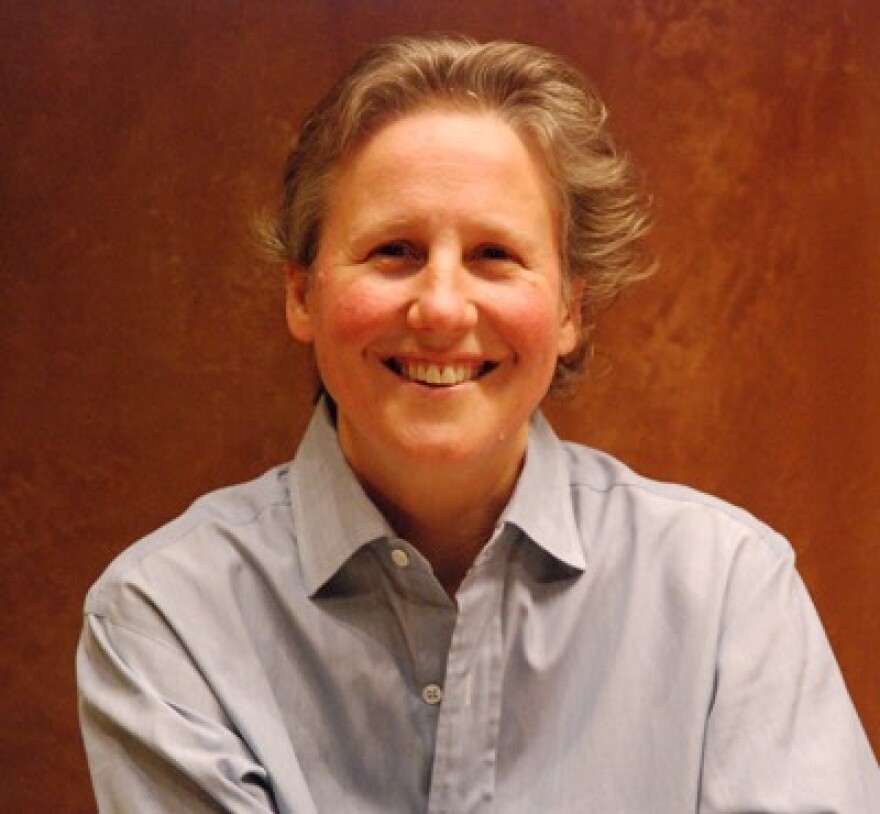He composed music for a single instrument–the piano–at a time when other composers were writing works for monster concerts. His personal life was quiet, yet he shared it with France’s most outspoken feminist. He gave only a few dozen public concerts in his entire career, yet he fiercely encouraged his students to assert themselves and their individuality at the keyboard.
The Polish-born pianist and composer Frederick Chopin was a study in contrasts. The striking juxtapositions in his timeless music and colorful life story prompted author Annik LaFarge to embark on her own journey with Chopin, one she has chronicled in Chasing Chopin: A Musical Journey Across Three Centuries, Four Countries and a Half-Dozen Revolutions (Simon & Schuster).
Take your own journey with Chopin in the all-virtual 16th International Chopin and His Europe Festival, Aug 15-31, 2020, presented by the Fryderyk Chopin Institute, Warsaw, Poland.
LaFarge’s Chopin journey began with the striking juxtaposition of sounds and emotions in one of Chopin’s most famous musical works. In the late 1990s, she heard Chopin’s Piano Sonata, Op. 35 performed at a concert and recognized the famous funeral march in the third movement. That march bookends a less well-known lyrical section in the middle.
Pianist Yundi Li, winner of the 2000 International Chopin Piano Competition, performs the famous funeral march from Chopin's Piano Sonata, Op. 35:
“I knew the famous dirge, and my first thought was, Ah, so this is where that comes from,’” said LaFarge in a recent phone interview. “And then the pianist brought the dirge to an end and suddenly started playing this gorgeous nocturne-like song, and it just completely undercuts the message of death and loss that we just heard, because it’s optimistic and hopeful and joyful. So this piece really embraces the entire range of human experience. I just found that juxtaposition so powerful in this work.”

LaFarge dove in deep after Chopin’s famous funeral march. In the pages of her book, she takes us from today's Chopin-inspired video games back in time to the pianos whose sounds Chopin likely had in his ears. She expores Chopin’s individualistic approach to teaching, his complex relationship with writer George Sand and ultimately his funeral in Paris’ massive Church of the Madeleine.
LaFarge devotes some of her most interesting pages to her efforts to hear what the piano sounded like in Chopin’s day, when many musical instruments underwent great technological advances.
In video performances by pianists around the world who competed in the First International Chopin Competition on Period Instruments (2018), LaFarge heard instruments designed more for sweetness and malleability of sound, and less for sheer sonic power.
Watch the final round of the First International Chopin Competition on Period Instruments, 2018:
https://www.youtube.com/watch?v=zM5vZLmtbrE
“The older pianos could project a multitude of tones over a changing dynamic range, going from super loud to incredibly soft,” La Farge said. “And what that means, what’s important to a listener, is that a melody played in the right hand can be louder or of a different timbre or tone quality than the accompaniment that the left hand plays. And so the high and low register each maintains its own distinct individual character, but they’re like different instruments in an orchestra.”

That a single piano could offer sonic effects like those of an orchestra brought many of the seeming contradictions of Chopin’s life and work into focus for LaFarge.
“Chopin really felt that the piano had the capacity to say everything that he needed to say and wanted to say. And for people, like myself, who value solitude and independence, the fact that you can tell a big complex story through a single instrument is very appealing,” said LaFarge.
Chopin’s artistic independence–a genius alone, day after day, at the keyboard–is matched in LaFarge’s narrative by his personal independence, even in the midst of his eight-year-long relationship with the French writer George Sand.
“What fascinated me about the relationship between Sand and Chopin was how they were both extremely independent people. And it was a real partnership of two artists who worked together but with completely different rhythms. And she was clearly an indomitable woman and could be extremely difficult, but I also found in her a really inspiring person who was able to achieve her own independence at a time when it was really quite difficult,” La Farge said.
Chasing Chopin retells many well-known stories about Chopin. But in telling the story of LaFarge’s own quest to understand the connections between Chopin’s music and biography, Chasing Chopin reaffirms the relevance of Chopin’s music and life story in an age in which noise of every kind might have silenced them.



